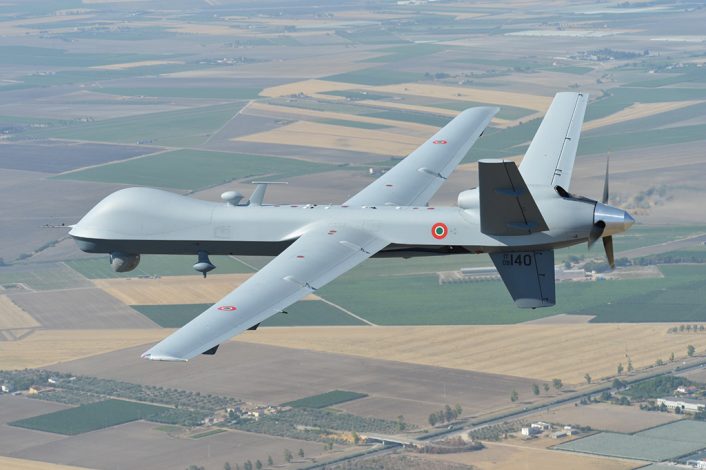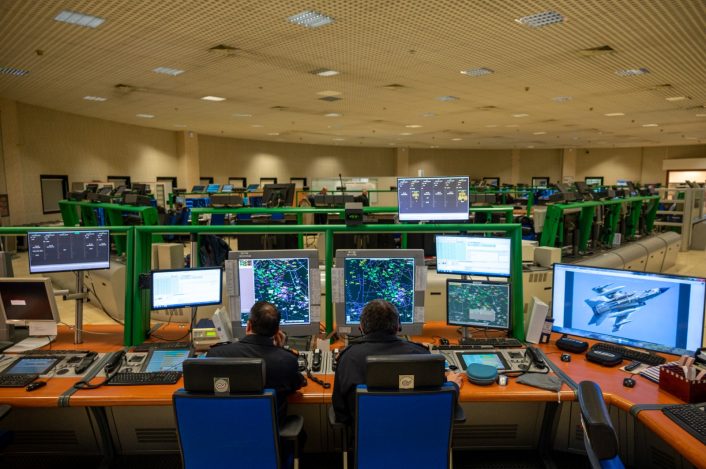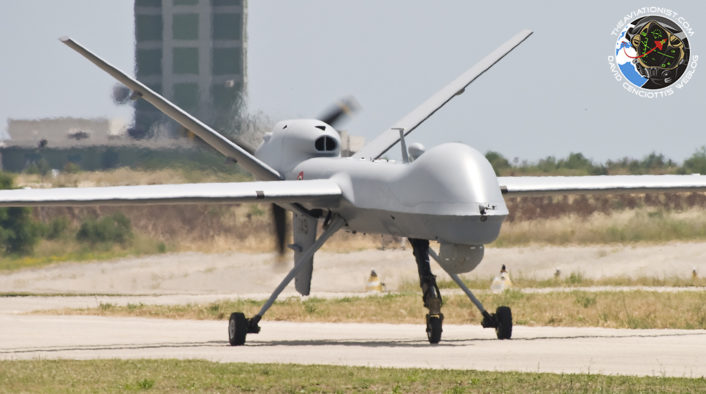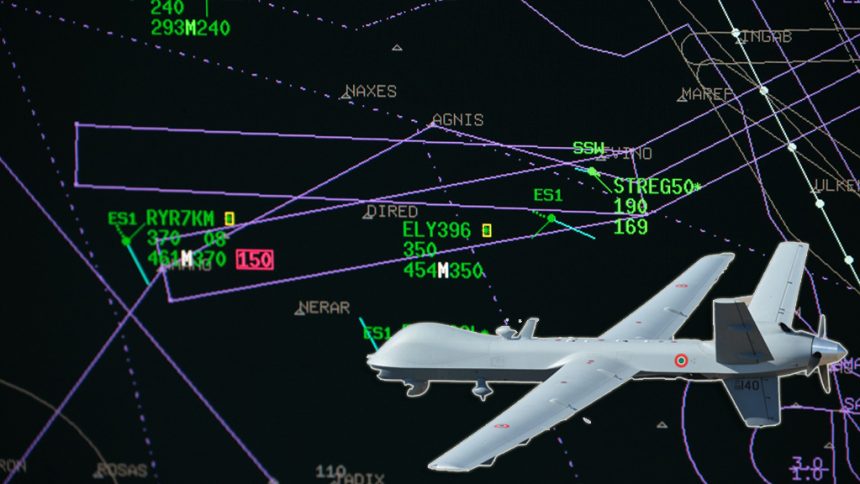During an experimental flight, an MQ-9A Predator B of the Italian Air Force, under control of the military ATCC, flew in national airspace using the same routes normally reserved to manned air traffic.
Using callsign STREGA 50, an MQ-9A Predator B (the name Reaper has not been adopted in Italy) of the 32° Stormo (Wing) of the Aeronautica Militare (Italian Air Force), flew a mission along the airways normally reserved to “standard”, manned air traffic, in the afternoon on Dec. 20, 2023.
The mission saw the Italian RPA (Remotely Piloted Aircraft) operate under control of the SCCAM (Servizio Coordinamento e Controllo Aeronautica Militare – Military Air Traffic Control), in synergy with ENAC (Ente Nazionale Aviazione Civile – Italian Civil Aviation Authority) and the operational support of ENAV (Ente Nazionale Assistenza Al Volo – Italian Air Traffic Services Agency).

“The objective of the experiment is the revision of the national legislation that regulates the circulation of remotely piloted military aircraft, placing Italy among the first countries capable of orienting the sector legislation,” says an official release by the Italian Air Force. “This testing activity will also allow us to support the development of future civil-military coordination protocols between the Air Force and ENAV, for an increasingly fluid integration of UAVs in the national airspace, as well as further seeking maximum usability of the airspace where Security and Defense operations must be guaranteed on the one hand and the reduction of flight times and therefore the reduction in terms of environmental impact (CO2 emissions) in favor of the expansion of commercial air traffic, on the other.”
The flying activity conducted on Dec. 20 within the scope of a multi-year collaboration between the Italian Air Force and ENAC, was made possible also by the experience grown by the service with the remotely piloted aircraft: the Aeronautica Militare has been one of the very first to invest in the unmanned technologies, to carry out reconnaissance and surveillance activities both at home and abroad. The Italian Predators have been deployed to Afghanistan, Iraq and operated over Libya since they were introduced in 2004.
Italy has been the first European country to regulate the use of airspace to guarantee the multiple activities conducted by military APRs, acting as a reference in matters of certification, regulation and operational management.
Managing an RPA through densely “populated” airspaces is a quite complex task that requires timely planning and a framework of procedures to deal with all the possibile scenarios: unlike past, the network of airways that connect navaids (navigational aids) and waypoints, is far from static, but it continuously changes to allow a flexible use of airspaces and keep the flow of air traffic, safe and smooth.
The test paves the way for a greater permeability that will allow the Italian MQ-9s to reach the areas of interest faster, using the routes already in place for the manned air traffic, reducing the need for ad hoc transit corridors, dedicated NOTAMs and restrictions, that will benefit both the military and civilian flights.

As we reported a few weeks ago, the Italian Air Force has recently flown for the first time with its new MQ-9A Block 5 Remotely Piloted Aircraft. The Predator was delivered along with a new Mobile Ground Control Station as part of a Mid-Life Modernization of the Italian RPA fleet.
The Mid Life Modernization includes the procurement of two new MQ-9A Block 5 aircraft and a ground station, part of a Foreign Military Sale approved in 2009, in addition to the upgrade of the other five to the same configuration. One of the new Predators will replace the one shot down in Libya in 2019.










